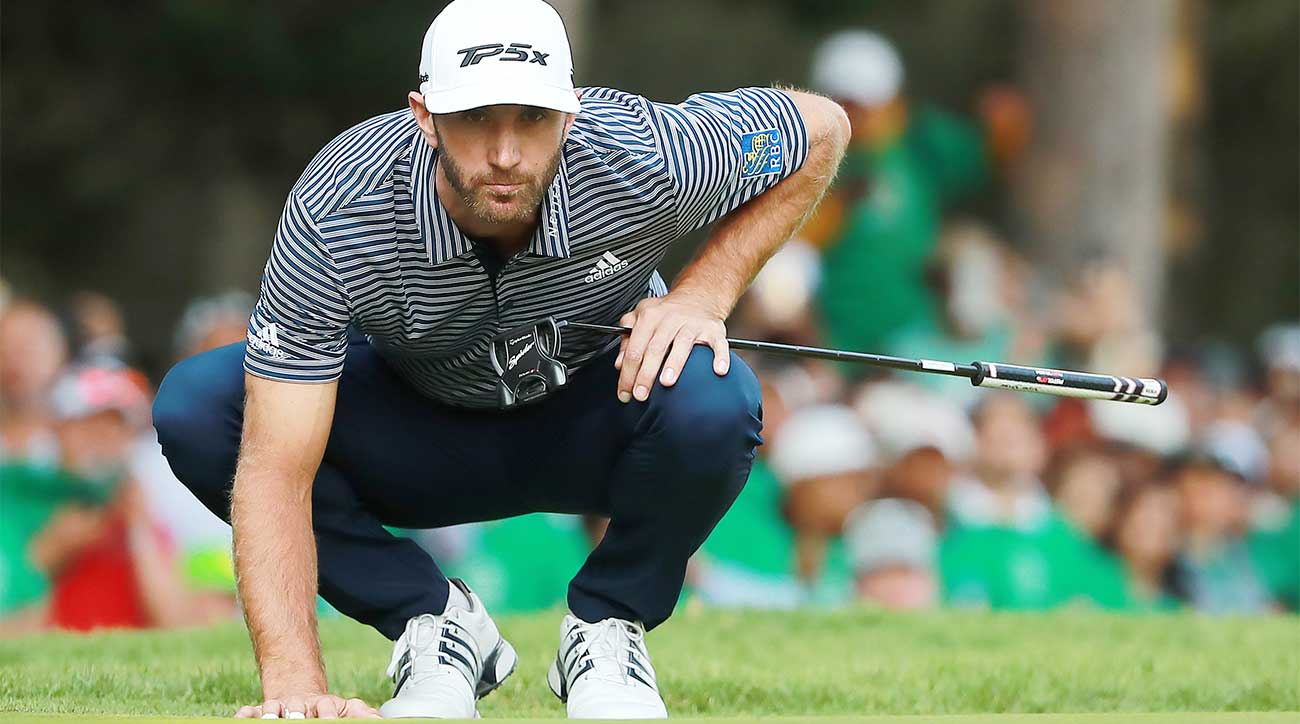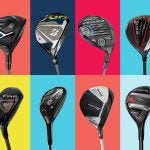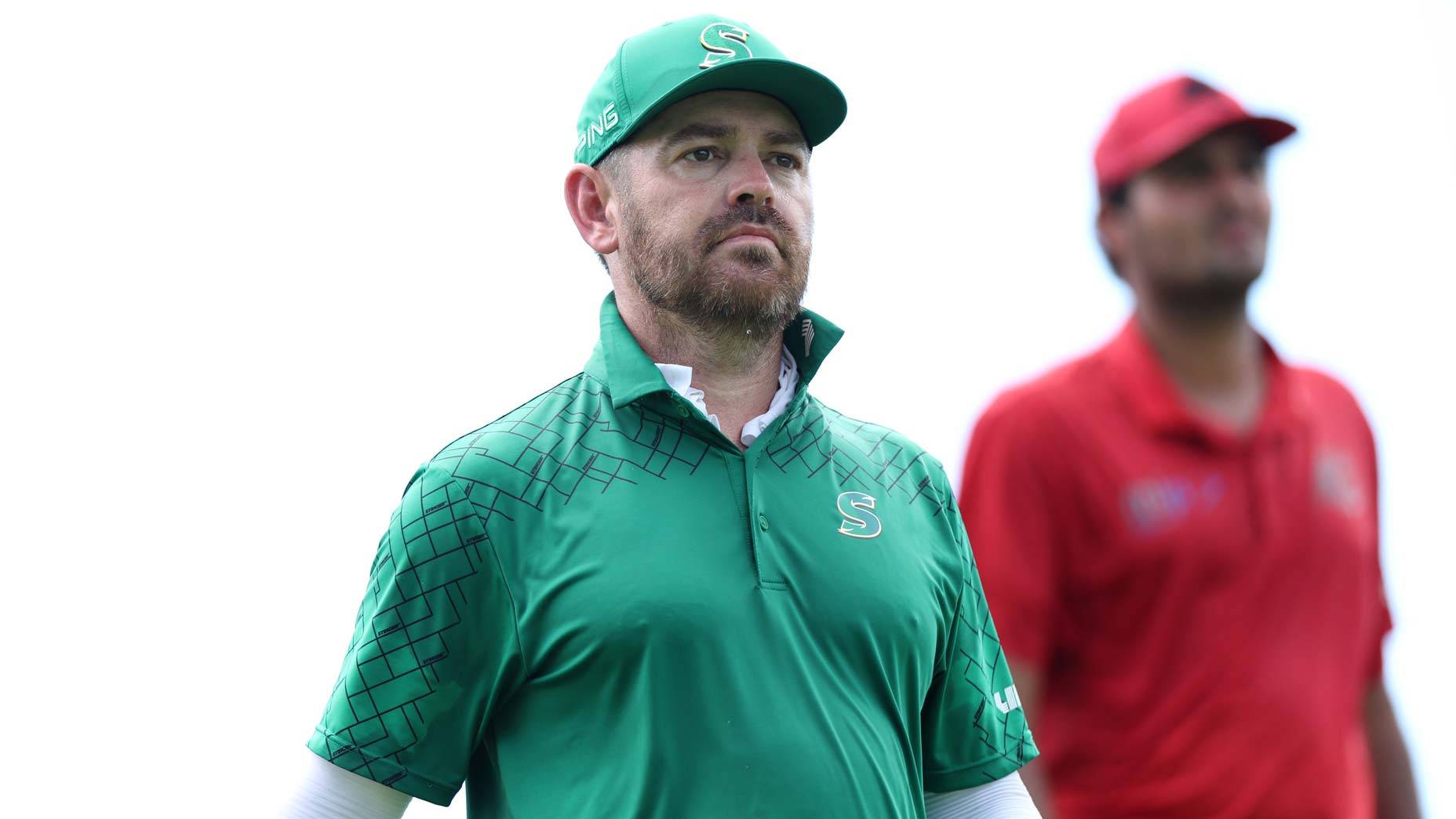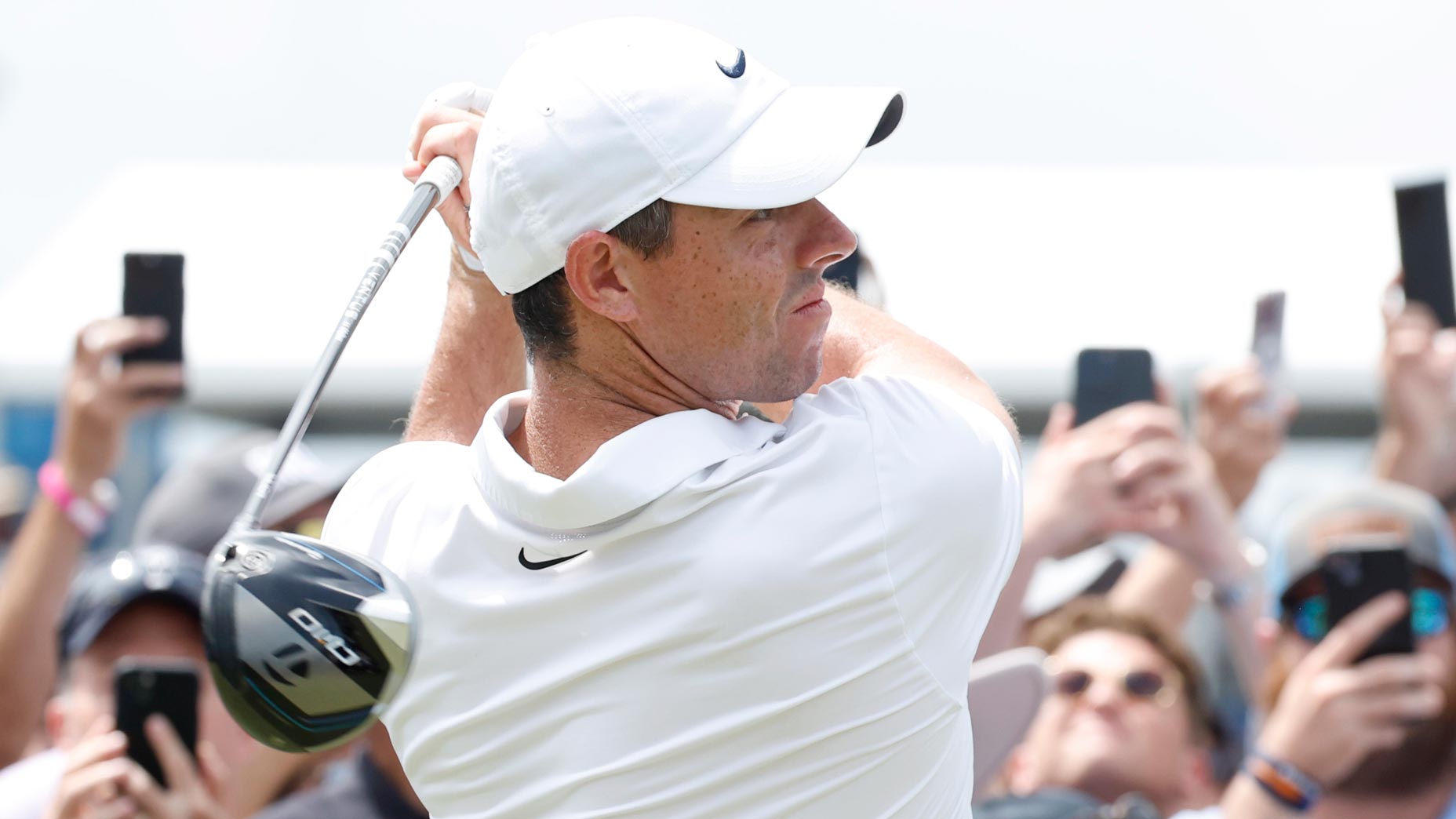Welcome to another edition of Yo, Gear Guy!, an interactive GOLF.com series in which our resident dimplehead (a.k.a., GOLF’s deputy editor of equipment, Mike Chwasky) fields your hard-hitting questions about clubs, fittings, gadgets, bounce, lofts, CG, MOI, and a bunch of other scary acronyms. This week he addresses the differences between a range finder and a wearable GPS, how pros with contracts fill out their bag and the best club to get a clubfitting for.
@bjalloway1988 on Instagram: Is one better than the other when it comes to a range finder and a wearable GPS?
The one that is “better,” really depends on your needs and preferences. A laser rangefinder will give you very accurate distances to targets on a consistent basis and can be used equally effectively on just about any practice range and any course. That’s what they’re designed to do and the good ones work very well. That’s what I use and prefer, but that’s just me. On the other hand, a GPS unit, wearable or otherwise, can provide distances as well as a lot of other information including hole layouts and hazard locations. It can sometimes allow you to do any number of other things like sharing your scores or long drive info on social media, track your stats, or play games.
It’s up to you to figure out what fits your preferences, but in light of the fact that some GPS units now provide stat tracking software I’d consider that option more strongly than ever. Unless you just want accurate distances, that is.
Billy Goodbody on Facebook: Are pros required to play a manufacturer’s new gear each season or can they continue playing their old brand preference?
It depends on the player and manufacturer and the details of their agreement but typically a big-name player with a full (14 club) endorsement deal is expected to game the newest gear as soon as they can it get dialed in. You’ll notice that Dustin Johnson used an M5 driver and fairway wood in his dominating performance last weekend as well as a new TP5x golf ball but eschewed the new Spider X putter he’s been playing in favor of an older Spider Tour model. This is pretty representative of how players and manufacturers deal with the situation – try to move into the new stuff as soon as you can but we’d rather have you win with an older club in the bag than not win with a new one.
The reality today is that the days of top-fight Tour pros with idiosyncratic swings sticking with old clubs that “work” for them are mostly over – all the big OEM’s (original equipment manufacturers) are so good at fitting and building gear (and designing new models) that moving players into new models isn’t typically all that difficult. There of course are some players who have a harder time switching gear which could be part of the reason why we’re seeing guys like Brooks Keopka, Patrick Reed, and others maintaining free agent status when it comes to club deals.

Ryan Hammer on Facebook: If I only had the budget to get fit and purchase one new part of my bag, would you go with: woods, irons, wedges or putter?
Good question and not the easiest to answer. In part this depends on your game and how well your current clubs are working, but while I’m a huge believer in not overlooking your scoring clubs (putter and wedges) I often advise players to start with their driver when getting fitted. Not only is it an easy one to see results very quickly if your current gamer is poorly fit but it’s also a real key for enjoying a round of golf. We all love to hit tight iron shots and make putts of course, but putting the ball in play off the tee on a consistent basis is hard to replace in terms of not only fun factor but also in regard to pace of play and overall scoring. Three putts are no fun but are they worse than jacking multiple tee shots out of bounds or into some other kind of trouble – I don’t think so.
A free piece of advice on driver fitting, which you take or not, is though the driver is admittedly the only piece of gear in your bag you want to hit as far as possible, fitting solely on that parameter is not a great idea. I know everyone wants to hit their home run ball as often as possible but get a driver fit (like all the other clubs in your bag) to produce the best combination of distance, dispersion, and consistency, and you’ll be a lot happier in the end. A lot of good players fit their clubs as much for how they perform on slight miss-hits as they do for their best hits and I’d recommend you do the same.







